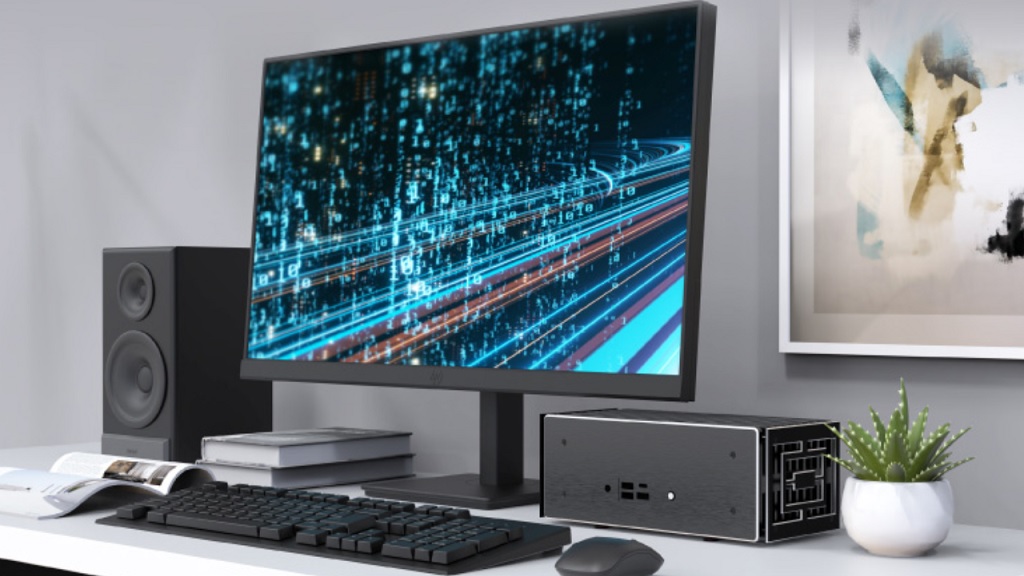
The Taiwanese giant has produced the first round of Baikal BE-M1000 CPUs, a line of processors based on the ARM architecture that TSMC has cooked up using its 28nm process, a node that many of our readers will know is relatively old, and therefore not subject to the same availability issues as other more advanced nodes, such as 10nm and below.
The Baikal BE-M1000 processors manufactured by TSMC have been in high demand, in fact it is expected that the company responsible for this design, Baikal Electronics, will end up making an average of 15,000 shipments per month. Its main customers will be state companies, and they will be used with software that has been approved by the government itself. Licensed software includes Linux Astra, Red OS, My Office and VPNet SafeBoot tools.
On the other hand, Baikal Electronics also plans to market its Baikal BE-M1000 processors at the general consumer level, although for the moment they will only reach certain system integrators, such as iRU. This company will sell all-in-one and portable systems based on such processors, according to the news source.
Going back to the Baikal BE-M1000 processors, these chips are technically interesting. As we anticipate, they are manufactured in the 28nm process, they have eight ARM Cortex-57 cores running at 1.5 GHz (30-35 watt TDP), they add 4MB of L2 cache and 8MB of L3 cache, and come with an integrated Mali-T628 GPU running at 700-750 MHz.
At the performance level they are, more or less, at the level of an Intel Core i3-7300T processor, a low-power chip equipped with two cores and four threads based on the Kaby Lake architecture. With this in mind, it is safe to think that its performance will be more than enough to move not very demanding applications, for web browsing, multimedia and also for office tasks.
These types of processors only confirm the potential, and the importance, of the ARM architecture, and the interest of some governments in using customized solutions, both at the software and hardware level, that have been created locally to minimize its technological dependence on third countries. They are modest designs in terms of power, but fully functional and useful if put to proper use.



